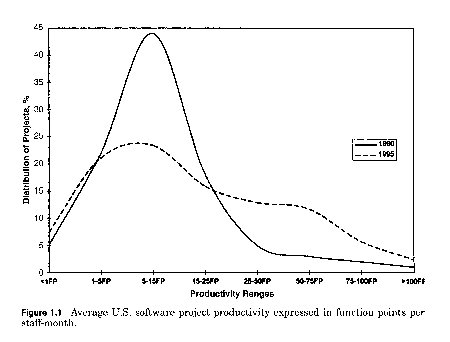SCRUM: Review of Agile Software Development with SCRUM
Slashdot review of best available book on SCRUM

Schwaber, K. and Beedle, M. (forward by Jeff Sutherland) Agile Software Development with SCRUM. Prentice Hall, 2001.
This book holds a remarkable ranking of 602 on Amazon's best seller list and gets five star reviews. Timothy Lord adds a great review on Slashdot:
"Anyone and everyone on Slashdot probably knows that business-driven software development efforts all too often end up as a mess. After a number of years of observation, research, and fine tuning, Ken Schwaber and Mike Beedle have released a book that makes a subtle but vital revelation about the nature of software projects and how to better run them. Learning what Scrum is and how to practice it is not all that profound. However, sitting back and realizing why Scrum works and how it addresses the fundamental flaws of the last 20 years of software engineering is. This book could be viewed as the "why" component to all of Extreme Programming's "how."
Click here for more.
 Scrum is an Agile development framework that Jeff Sutherland invented at Easel Corporation in 1993. Jeff worked with Ken Schwaber to formalize Scrum at
Scrum is an Agile development framework that Jeff Sutherland invented at Easel Corporation in 1993. Jeff worked with Ken Schwaber to formalize Scrum at 



